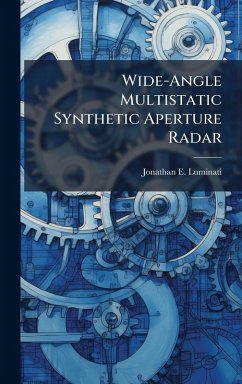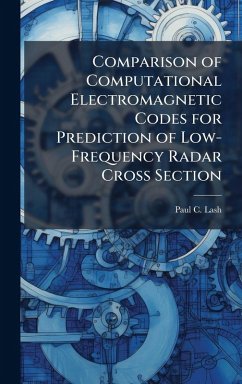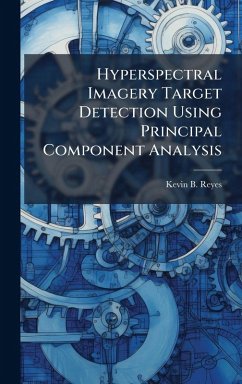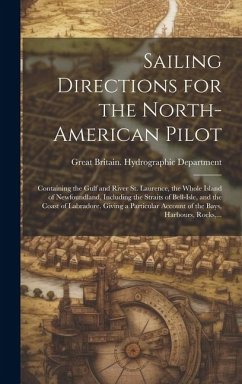
An Integrated Synthetic Aperture Radar/Global Positioning System/Inertial Navigation System for Target Geolocation Improvement
Versandkostenfrei!
Versandfertig in über 4 Wochen
30,99 €
inkl. MwSt.
Weitere Ausgaben:

PAYBACK Punkte
15 °P sammeln!
A significant amount of military and civilian research has been aimed at the sensor fusion technology area. However, there has been little research into the fusion between synthetic aperture radar (SAR) sensors and navigation sensors like the inertial navigation sensor (INS) and the global positioning system (GPS). SAR is used in civilian and military applications to image ground based targets in reconnaissance and fighter targeting missions. The SAR range and range rate measurements are generally obtained and processed independently from the aircraft navigation system. This thesis explores a ...
A significant amount of military and civilian research has been aimed at the sensor fusion technology area. However, there has been little research into the fusion between synthetic aperture radar (SAR) sensors and navigation sensors like the inertial navigation sensor (INS) and the global positioning system (GPS). SAR is used in civilian and military applications to image ground based targets in reconnaissance and fighter targeting missions. The SAR range and range rate measurements are generally obtained and processed independently from the aircraft navigation system. This thesis explores a potential integration technique to fuse information from the navigation sensors with the SAR target measurements. Using Kalman filtering techniques, an INS/GPS/SAR integrated system was simulated in a single Kalman filter to analyze the SAR target geolocation accuracy benefits. Three different GPS receiver models were used in the integrated system: stand-alone, differential, and carrier-phase differential (using floating ambiguity resolution). Each of these GPS models were integrated with a common INS/SAR combination to determine the target geolocation accuracy improvements due only to GPS receiver type. Thesis results show that SAR targeting can be enhanced, through tight integration of an INS/GPS navigation system, without increasing the SAR resolution. This work has been selected by scholars as being culturally important, and is part of the knowledge base of civilization as we know it. This work was reproduced from the original artifact, and remains as true to the original work as possible. Therefore, you will see the original copyright references, library stamps (as most of these works have been housed in our most important libraries around the world), and other notations in the work. This work is in the public domain in the United States of America, and possibly other nations. Within the United States, you may freely copy and distribute this work, as no entity (individual or corporate) has a copyright on the body of the work. As a reproduction of a historical artifact, this work may contain missing or blurred pages, poor pictures, errant marks, etc. Scholars believe, and we concur, that this work is important enough to be preserved, reproduced, and made generally available to the public. We appreciate your support of the preservation process, and thank you for being an important part of keeping this knowledge alive and relevant.












